


December 6th - St. Nicholas.
(Died c. 350AD)
St. Nicholas was probably born to wealthy parents at Patara in Lycia, a province of Asia Minor. He was chosen bishop of the then rundown diocese of the capital of Myra, which he ruled with great care and faith. There he became known for his holiness, zeal, and miracles. To these meager facts legend, however, has supplied colorful details. His first 'biography' was written in the 9th century; a more popular one was written by Simon Metaphrastes in the 10th century. Greek histories hold that he suffered imprisonment and made a famous confession during the persecution of Diocletian. He was present at the Council of Nicaea, where he condemned Arianism--one story holds that he actually slapped the heretic Arius. He died at Myra in Lycia. However, there is no historical support for either his confession nor his attendance at the council.
By the time of Justinian (6th century), there was a basilica built in his honor at Constantinople. From the 9th century in the East and the 11th century in the West, he has been one of the most popular saints of Christendom and the subject of many legends. These hold that he was a wealthy young man who decided to devote his money to charitable activities and his life to converting sinners.
The legends tell of how St. Nicholas, still sticky from the womb, rose up out of his first bath to fold his hands and raise his eyes to heaven in order to cleanse his heart before his body. He is also said to have taught his wet nurse about mortification by refusing her breast more than once on each Wednesday and Friday--a precocious exercise of asceticism!
Nicholas could have found communion with God in a monastic life, but to walk within the confines of a cloister would be insufficient for the saint's devotion. He wanted to be able to follow the footsteps of Jesus in the Palestine, which he did. On his voyages across the sea, he calmed the waves (which is why he is patron of sailors and travelers).
A citizen of Patara lost his fortune, and because he could not raise dowries for his three daughters, he was going to give them over to prostitution. After hearing this, Nicholas took a bag of gold and threw it through the window of the man's house at night. The eldest girl was married with it as her dowry. He performed the same action for each of the other girls. The three purses, portrayed in art with the saint, were mistakenly thought to be the heads of children, and thus originated the story that three children, murdered by an innkeeper and pickled in a tub of brine, were resuscitated by Nicholas. The three purses are also thought to be the origin of the pawnbrokers' symbol of three gold balls.
Another legend holds that he appeared to sailors caught in storms off the coast of Lycia and led them safely into port. Churches built under his dedication are often placed so that they can be seen off the coast as landmarks.
Yet another legend has it that he appeared to Constantine in a dream and thereby caused him to save three unjustly condemned imperial officers from death. Possibly another version says that the governor of Myra took a bribe to condemn to death three innocent men. The executioner was about to kill them when the bishop of the city, Nicholas, appeared and prevented the execution. Turning to the governor, the saint upbraided him till he confessed his sin and begged to be forgiven.
When Myra fell into the hands of the Saracens, Italian cities seized the chance to acquire the relics of Nicholas. The relics were stolen by Italian merchants and came to Bari in southern Italy in 1087. A new church was built to shelter them, and Pope Urban II was present at their enshrining. The already popular saint became even more highly regarded thereafter. The shrine became one of the great pilgrimage centers of medieval Europe. Many miracles were reputed to have been worked through his intercession.
The popular cultural representation of "St. Nick" is based on a combination of Low Countries' custom of giving children presents on his feast day as their patron, and the Dutch Protestants of New Amsterdam (now New York) linking this to Nordic folklore of a magician who punished naughty children and rewarded exemplary ones with presents. (It should be noted that the figure of Santa Claus is really non-Christian and is based on the Germanic god Thor, who was associated with winter and the Yule log and rode on a chariot drawn by goats named Cracker and Gnasher.)
Throughout Europe in the middle ages, St. Nicholas's feast day was the occasion for electing a Boy Bishop, who reigned until the feast of the Holy Innocents on December 28. Even in this century the custom survives in Montserrat in Catalonia, Spain (Attwater, Benedictines, Bentley, Delaney, Encyclopedia, White). . Patron of children (Santa Claus, Sint Klaus), bankers, captives (because of the rescue), pawnbrokers (three balls), and sailors (for miraculously saving doomed mariners off the coast of Lycia) (Roeder), brides, unmarried women (because he provided dowries), perfumers (from his shrine at Bari there was said to originate a fragrant 'myrrh'), of travelers, pilgrims, and safe journeys (because he reputedly traveled to the Holy Land and Egypt), maritime pilots (White), boatmen, fishermen, sailors, dock workers, stevedores, brewers, coopers, bootblacks, the unjustly judged, and poets (Encyclopedia). Russia, Greece, Sicily, Lorraine, Moscow, Freibourg, and Apulia all fall under his patronage, too (White).
<><><><><><> Dominican Martyrology
St. Polychronius, priest. In the time of the Emperor Constantine, while he was at the altar celebrating Mass, he was attacked by the Arians, who cut his throat.
In Africa, St. Majoricus, son of St. Dionysius. He was a youth who was afraid of torture, but his mother encouraged him by looks and words; whereupon he became more courageous than the rest and gave up his life during the tortures. His mother embraced his body, buried him at home, and made it a practise to pray unceasingly at his tomb.
In the same place, the holy women Dionysia, mother of St. Majoricus the martyr, Dativa, and Leontia; likewise, a religious man named Tertius, Emilian, a physician, Boniface, and three others. In the Vandal persecution under the Arian king Hunneric, they all suffered innumerable and horrible tortures in defense of the Catholic faith, so that they deserve to be associated with the band of holy confessors of Chribe.
At Rome, St. Asella, virgin. St. Jerome wrote that she had been blessed from birth. She spent her whole life, even to old age, in fasting and prayer.
At Granada in Spain, the suffering of Blessed Peter Paschal, Bishop of Jaen and martyr. He belonged to the Order of Our Lady of Ransom for the Redemption of Captives.
<><><><><><> A prayer at Holy Communion, for holiness:
O Lord Jesus Christ, Son of the living God, Who, by the will of the Father, with the cooperation of the Holy Ghost, hath by Thy death given life to the world, deliver me by this Thy Most Sacred Body and Blood from all sins and from every evil. Make me always cling to Thy Commandments, and never permit me to be separated from Thee. Who with the same God the Father and the Holy Ghost, livest and reignest, God, world without end. Amen.















 บล็อกบี ที่สำหรับพักผ่อน
บล็อกบี ที่สำหรับพักผ่อน
 บล็อกซี ลานสำหรับอะไรนั้นขอไม่พูดท่านคงไม่อยากได้ยินมัน
บล็อกซี ลานสำหรับอะไรนั้นขอไม่พูดท่านคงไม่อยากได้ยินมัน ห้องพักนักโทษแบบง่าย(เพราะไม่มีงบ)
ห้องพักนักโทษแบบง่าย(เพราะไม่มีงบ) คุกพิเศษสำหรับนักโทษที่ทำวีกรรมพิเศษ
คุกพิเศษสำหรับนักโทษที่ทำวีกรรมพิเศษ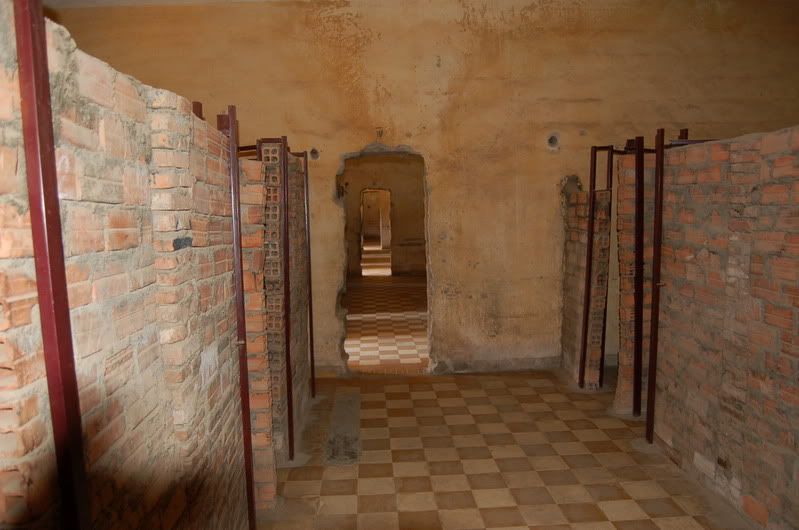


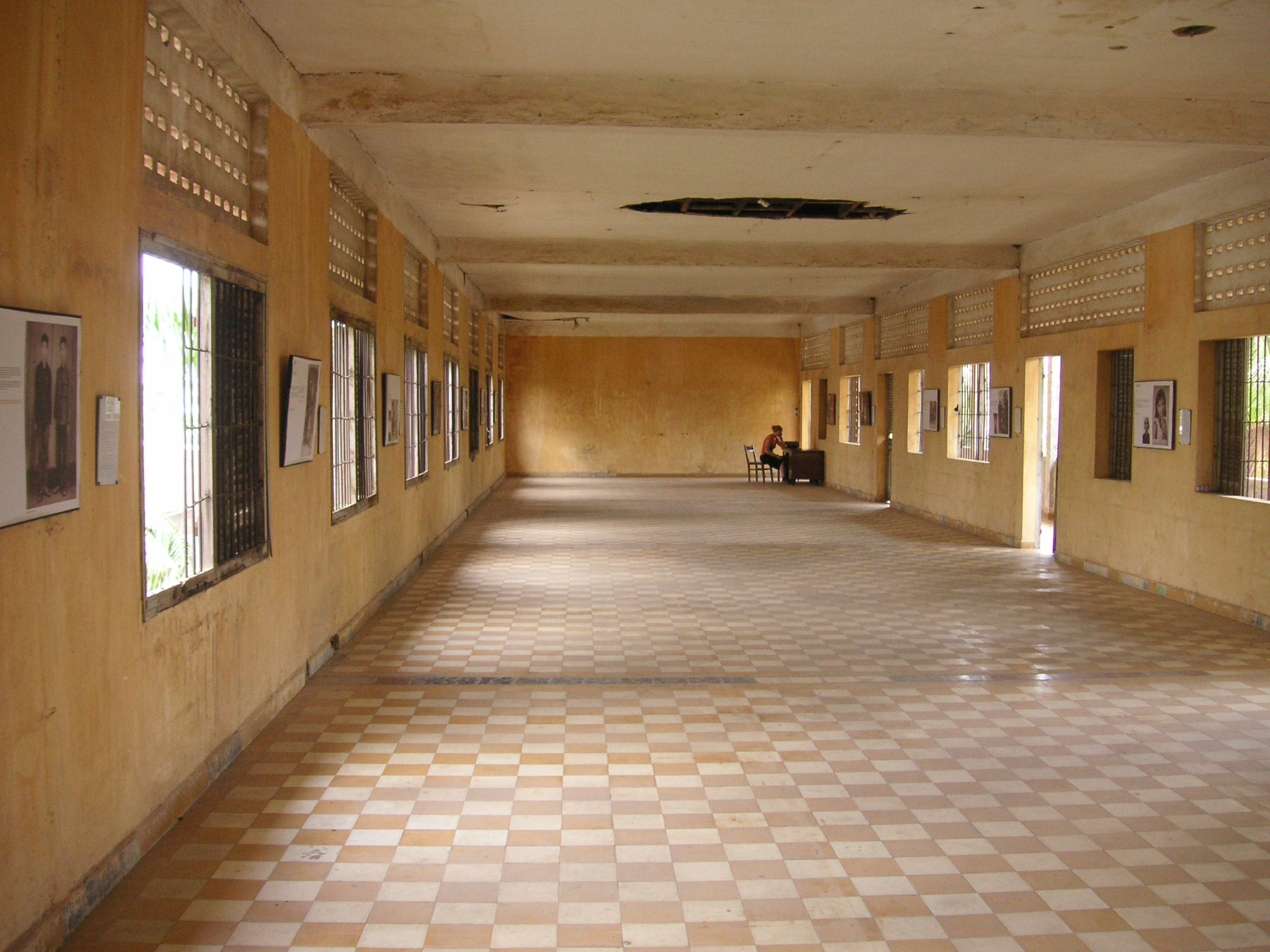
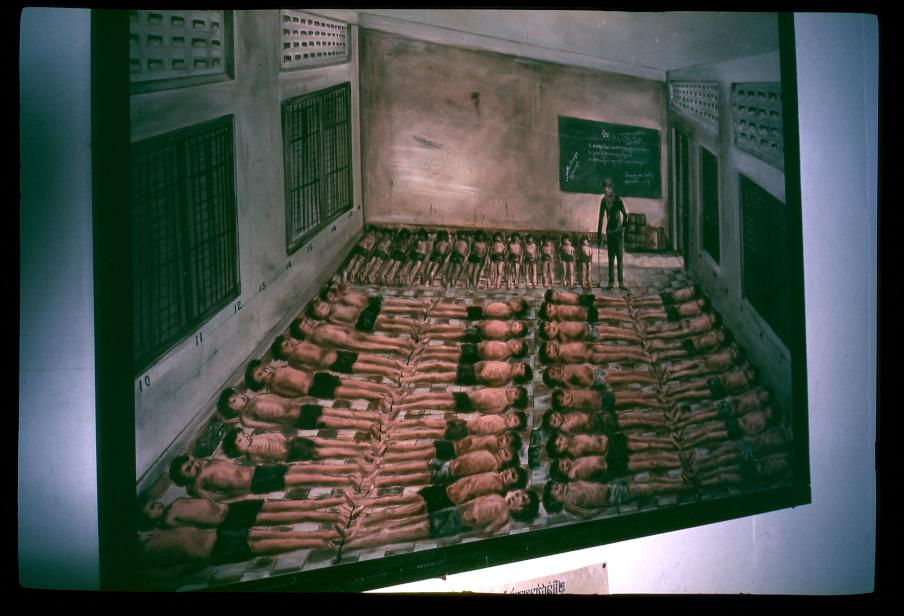
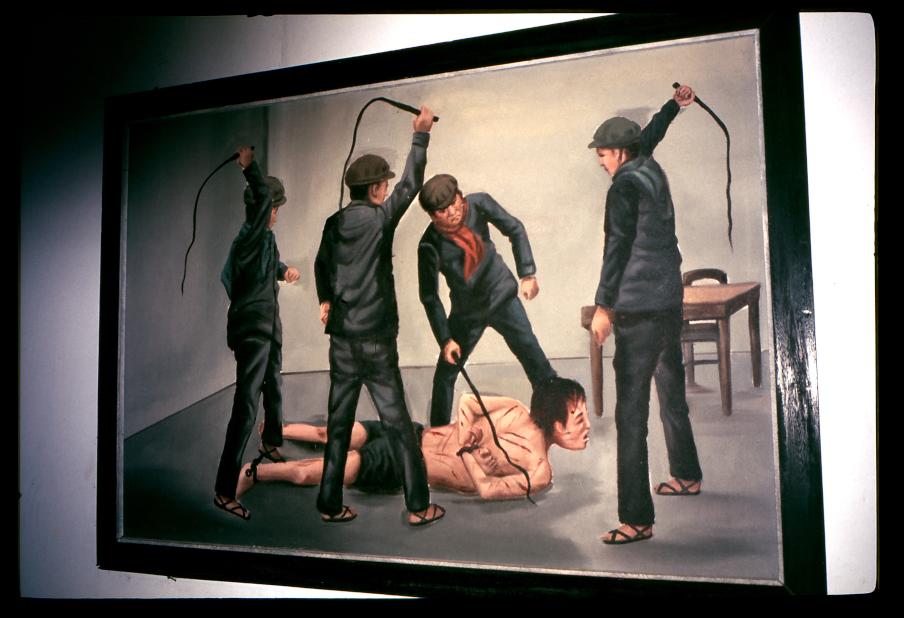




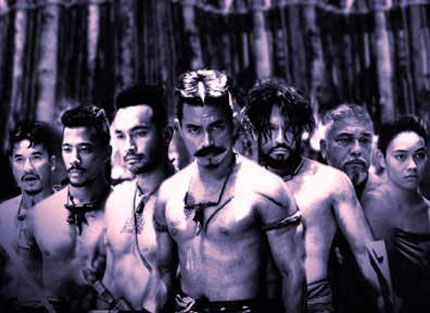















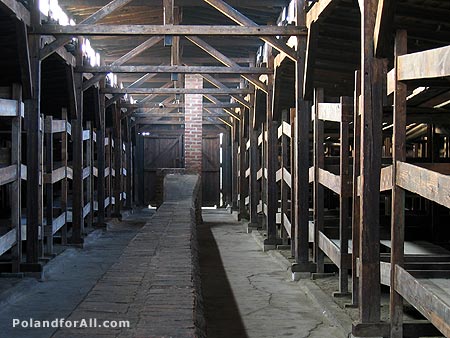



















 ช่องที่ๆผมรับรองว่าถ้าคุณเป็นพัสดีในตึกนี้คงไม่กล้าเข้าไกล้
ช่องที่ๆผมรับรองว่าถ้าคุณเป็นพัสดีในตึกนี้คงไม่กล้าเข้าไกล้






